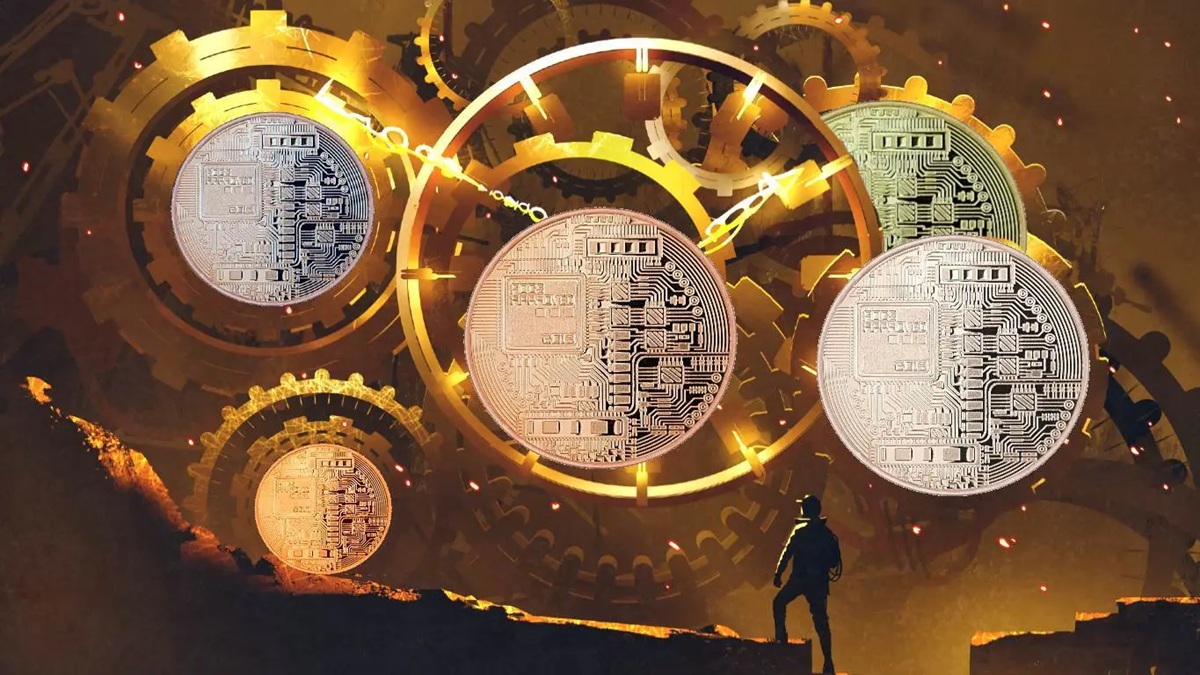Accustomed to living in the most stable economy in Latin America, residents of Chile are turning to stablecoins to protect their assets from recent record inflation and the increasing devaluation of the peso. Local crypto exchanges have seen a 50% increase in stablecoin transactions in the last three months.
CryptoMarket, a Chile-based exchange with 200,000 users in the country, registered a 50% increase in purchases of the two most commonly used stablecoins, tether (USDT) and USD coin (USDC), during the second quarter of 2022, CryptoMarket Chile country manager Eduardo Pérez de Castro told CoinDesk.
Stablecoins are a type of cryptocurrency whose value is tied to an outside asset, such as the U.S. dollar or gold, to stabilize the price. USDT and USDC are pegged 1:1 to the U.S. dollar.
“Today, stablecoins represent 30% of users’ total purchases, and what they mostly choose to buy if it is their first time using the platform,” Pérez de Castro added.
Buda.com, which in 2015 was one of the first crypto exchanges to launch in Chile, has also seen increasing interest in stablecoins. Stablecoin market share on the platform rose from 11% in June up to 20% in July. USDC, which has been on the platform for less than a year, is the third-most-traded currency after bitcoin (BTC) and ether (ETH).
Read more: Chilean Digital Peso Would Need to Work Offline, Central Bank Governor Says
“We see this as a huge trend and something users are taking as an opportunity to buy U.S. dollars easily without having to go to a bank or exchange house,” said Jazmín Jorquera, chief operating officer at Buda, which has more than 500,000 users and operations in Chile, Argentina, Peru and Colombia.
Stablecoin’s increasing use is tied to Chile’s faltering macroeconomic situation. In June, the country’s year-to-year inflation rose to 12.5%, the highest record in 28 years. One month later, its peso currency hit a record low of 1,045 per U.S. dollar, dropping 3.7% in one day and forcing the central bank to make a $25 billion intervention in the foreign exchange market to stop a higher devaluation.
“The common Chilean citizen is turning to stablecoins to save money and conserve value,” said Joel Vainstein, co-founder of OrionX, a Chile-based exchange with more than 100,000 users and operations in Peru and, soon, in Mexico. USDT became the platform’s second-most-traded currency during the last three months.
The reasons
According to Pérez de Castro, the recent instability of the Chilean exchange rate is mainly due to political uncertainty. Citizens will vote in September on a pivotal change of the Chilean Constitution, which hasn’t been modified since 1980, when dictator Augusto Pinochet was in power.
The vote is tied to what Chileans call the “social outburst,” a series of protests that took place in October 2019 after an increase in public transport rates. The riots, which resulted in military violence, resulted in burned buses and several deaths, lasted until March 2020 and led to the victory of left-wing leader Gabriel Boric over the incumbent right-wing government in the presidential election of December 2021.
In context of this instability, local banks saw a 200% increase in demand for U.S.-dollar bank accounts between April 2021 and April 2022. But obtaining a foreign currency account is not an easy thing to do in Chile.
According to Pablo Donders, a Chilean economist specializing in cryptocurrencies, to open a bank account in U.S. dollars, locals must first open a national bank account, which requires a minimum level of monthly income of approximately $507, according to official reports – or even higher.
“That is why many people do not have access to checking accounts, even fewer to U.S. dollar accounts, as it also needs certified documentation that proves you carry out a commercial activity abroad,” Donders added.
Operating with ‘uneasy calm’
In 2018, when different crypto exchanges were setting up in Chile, traditional banks like Banco del Estado de Chile, Bank Itaú and Scotiabank, among others, began to close the exchanges’ bank accounts due to a “lack of regulation” and “uncontrollable risks of money laundering,” according to some banks’ legal statements at that time. The decision placed cryptocurrency platforms in danger of insolvency and hampered their operations in the country.
Crypto exchanges Buda.com, CryptoMKT and OrionX took the case immediately to the nation’s Competition Court, suing 10 of the biggest financial institutions in the country for “abuse of dominant position.” One month later, banks were ordered by the Competition Court to reestablish the exchanges’ bank accounts.
The issue, however, is far from settled. The banks appealed and four years later, the lawsuit continues in the Competition Court. According to exchanges, the trial is in its final stages and banks could be facing $76 million in penalty fees if they lose, OrionX’s Vainstein told CoinDesk.
“The trial has us constantly in tension, but at least now we have a market court decision that gives us some protection, so we operate with a constant uneasy calm,” said Pérez de Castro.
Exchanges seek regulations that will help them gain legal protections, exchange officials told CoinDesk, adding that they expect in its next session Congress will approve a Fintech Law that has been under debate for three years.
Furthermore, Chile’s government plans to develop a central bank digital currency (CBDC) and gathered a team to write a white paper in the first quarter of 2022. But in May, the central bank published a report delaying any decision, saying that “there is not yet enough information to make a final decision regarding the issuance of a CBDC.”





